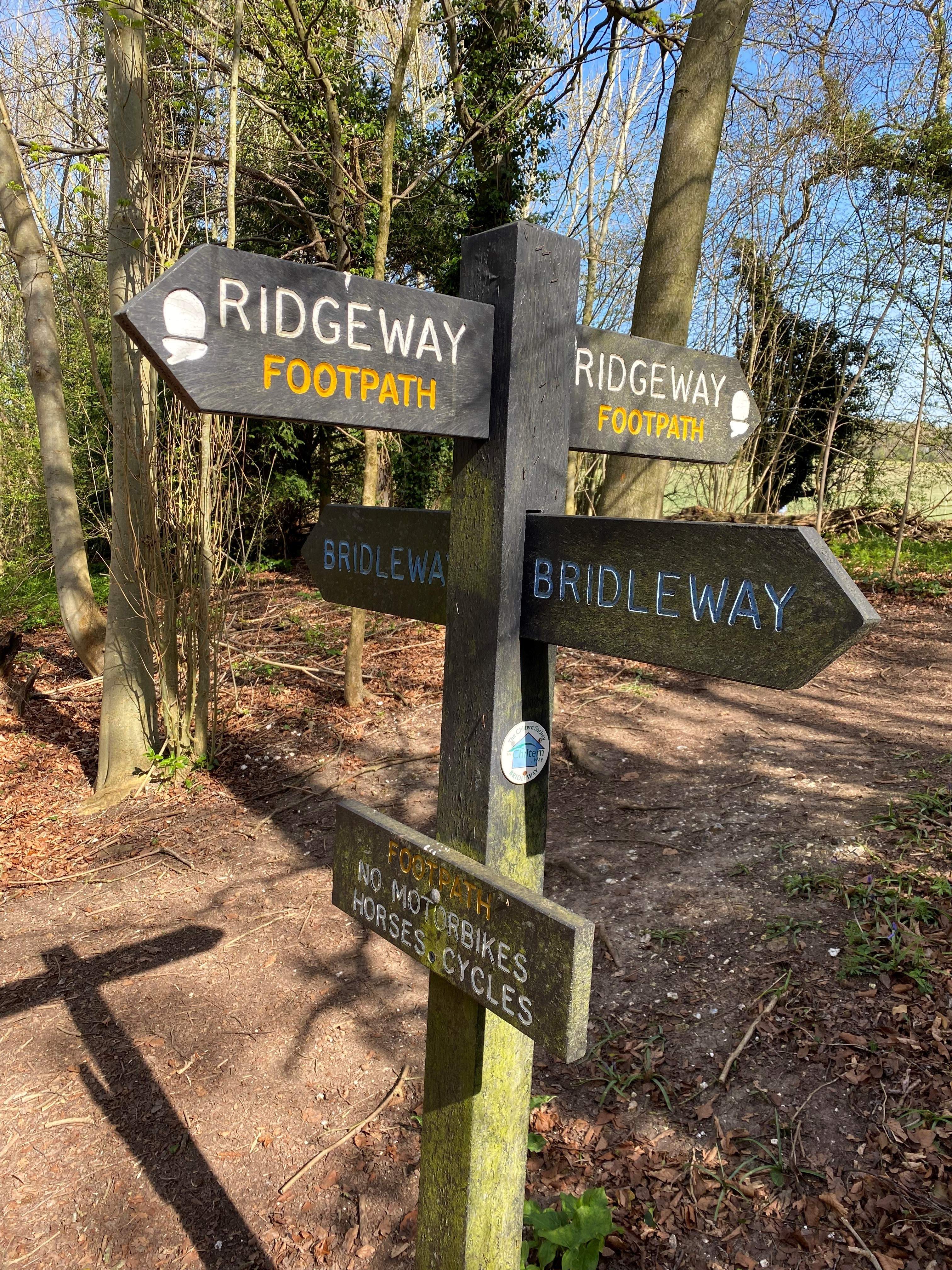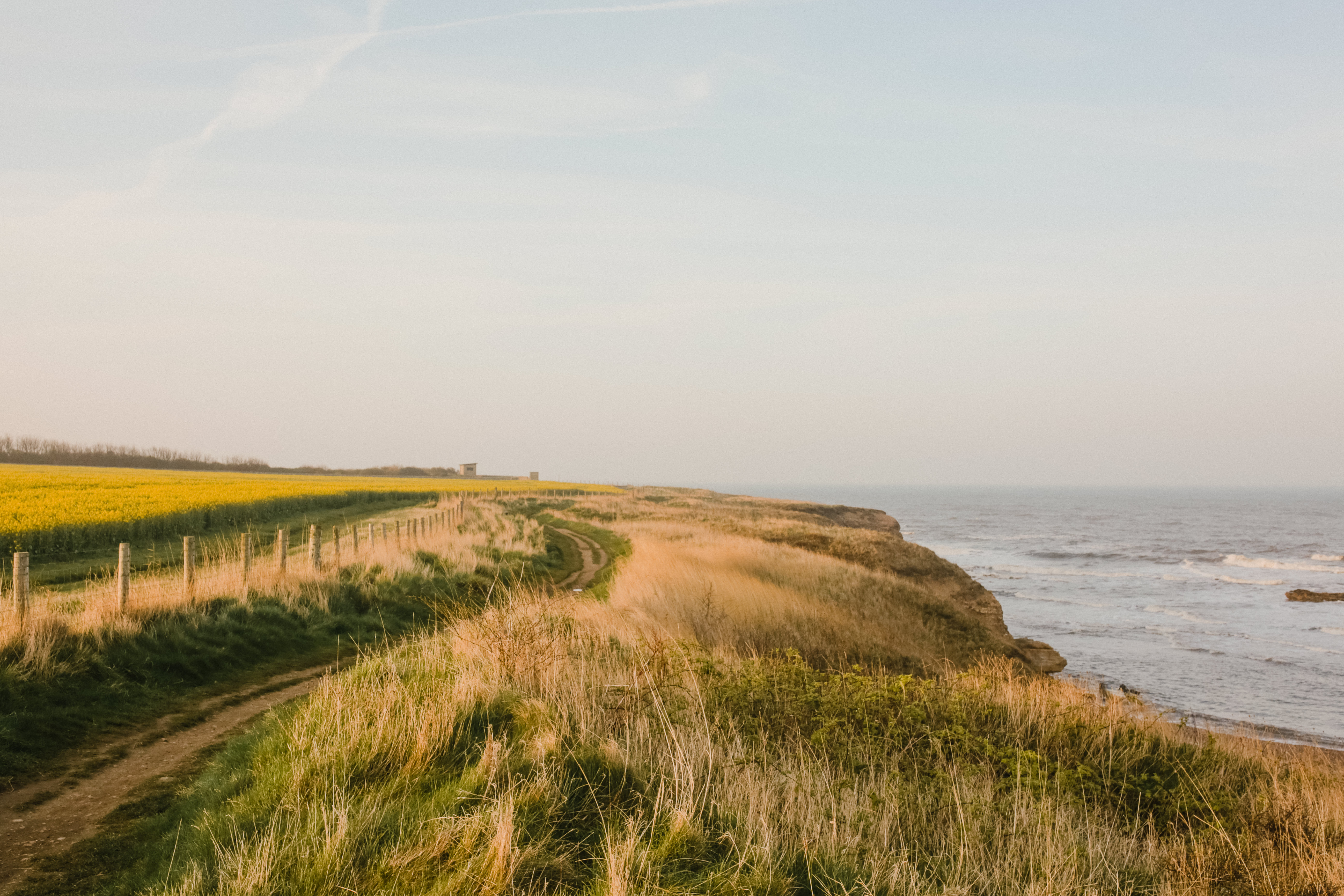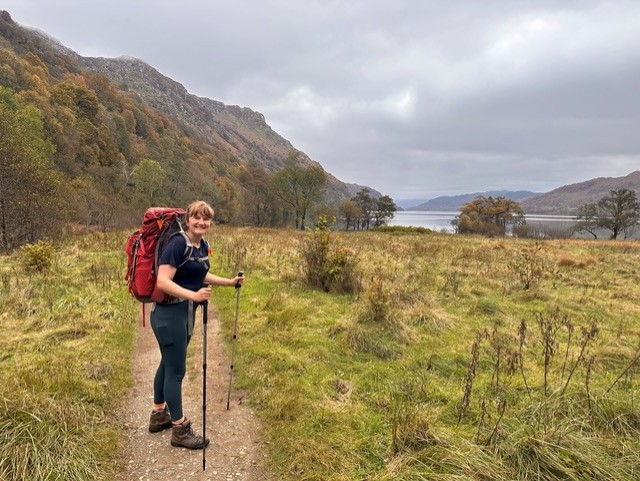If you've ever spent time on one of our National Trails, you’ll know they’re about far more than just great routes. These trails connect people, nature and history through living, breathing landscapes. To keep that connection thriving, National Trails UK launched their Test and Trial Fund - giving local teams the freedom (and funding) to test practical projects that deliver big benefits for people, nature and places.
From helping girls explore the Northumberland Coast to sharing the story of peatland restoration on the Pennine Way, the fund backs quick, creative experiments that make a difference. We spoke to Hannah Brightley, Nature Recovery Programme Manager at National Trails UK, to learn how the fund works and what projects have been given the green light.
Q What is the Test and Trial Fund?
We know there are brilliant ideas bubbling away out there, from habitat creation to better access and nature-based climate solutions, but they often struggle to get off the ground because the funding just isn’t there for early-stage trials. With limited staff resource we also wanted to make sure people weren’t put off by a lengthy, complicated application process. The Test and Trial Fund changes that.
With funding from DEFRA through the Protected Landscapes Partnership, our two NTUK programmes (Nature Recovery Programme and Coastal Wildbelt) joined forces to establish this small but mighty fund (total £70,000). The fund built on the success and learnings of Coastal Wildbelt’s Test and Trial Fund in 2024/25 which was pitched just to National Trail Officers. This year, the fund was opened to anyone delivering outcomes for people and nature, not just National Trail Officers, sparking new partnerships. And with funding from the Nature Recovery Programme, this allowed us to offer the fund to inland trails/sections of trails as well. It's provided grants of up to £10,000 of capital funding, to help partners pilot projects along the National Trails, to learn from them and build evidence about what works that we can then share across all the Trails.
It’s split into two streams: Coastal Wildbelt, for projects on the English coast, and the Nature Recovery programme, for non-coastal sections.
The Coastal Wildbelt funding was specifically looking for projects that delivered on their three strategic pillars: joyful coastal experiences, healthy coastal habitats and building coastal resilience. And the Nature Recovery programme looked for projects that delivered: nature-rich National Trail corridors and connected National Trail users with nature.
Q Why did National Trails UK decide to launch it
Our National Trails network covers some of the most inspiring and diverse landscapes in England. Historically the Trails have been seen as separate, rather than as part of the landscape. But the challenges we face, from biodiversity loss to climate change and access inequality, are shared across the landscapes, the trails and the people who use them.
We wanted a way to accelerate delivery on the ground that responds creatively to those challenges. The Test and Trial Fund allows us to support innovation at a local level, while gathering evidence that can shape national approaches.
It’s also about collaboration: bringing together Trail Officers, land managers, local authorities, volunteers and community groups to deliver real change on the ground.
Q Who could apply, and what kinds of projects were you looking for?
Applications were open to organisations working on or alongside National Trails in England, as long as their project involved the local National Trail Officer and delivered tangible on-the-ground benefits. We were looking for capital projects that delivered outcomes for nature and people and had the opportunity to be learned from and replicated across the coast and wider network of National Trails.
Q What makes this fund different from other grants out there?
We wanted it to be fast, flexible and low-barrier, so that good ideas don’t get lost in paperwork. We wanted it to help bridge the ‘valley of death’ for small grassroots ideas that often struggle to attract initial funding. Because it’s about testing and learning, there’s room to take small risks. If something doesn’t work perfectly first time, that’s okay. The whole point is to understand why and share that insight. We also wanted to see trials that are quick to set up and scalable. If an idea works well in one place, other Trails can copy it, helping good solutions spread across the whole network.
It’s also designed to be inclusive. We know not every Trail or partner has the same capacity or resources, so we built in support to help applicants develop and deliver their projects.
Q Can you share a few examples of the kinds of projects that have been approved?
We've funded 10 projects including:
Restoring reedbeds and installing soundscape interpretation along the Yorkshire section of the King Charles III England Coast Path
Running community engagement sessions to identify barriers to volunteering along the coast in Lincolnshire
Biodiversity benches offering respite for trail users and opportunities to connect with nature in Medway and along the Cleveland Way
Improved access along the North Downs Way to a popular viewpoint with new interpretation in a Kent Wildlife Trust Nature Reserve
These are small projects in scale, but what unites them all is that they deliver outcomes for people and nature and they all have potential to be replicated elsewhere across the National Trails network.
Q What do you hope to learn from these projects?
We’re really interested in what is truly delivering for people and nature, and what’s scalable.
We’ll be learning how different kinds of interventions work in different landscapes. What delivers the biggest impact for the lowest cost, what barriers teams face (land tenure, permissions, seasonal constraints), and how they overcome them.
We’ll also be capturing lessons about partnership working: how to bring together landowners, communities and agencies around shared outcomes for nature and people. As well as how to deliver inclusivity to ensure enhancements benefit all users (eg accessibility and community engagement).
We also want to look at how scalable the trial could be, could it be replicated or extended across other trails?
Q How are you planning on sharing the learnings?
Every project will be involved in a showcase webinar on completion, so we can spark ideas across the wider network and share how projects tackled challenges to make the most of this funding opportunity. We’ll be publishing updates, case studies and insights as the projects develop, so others can borrow ideas and build on them. The aim is to save everyone time and resources, funders included. If we can show what works (and what doesn’t), future investment can be targeted more effectively.
Q What’s next for the Test and Trial Fund?
We’ll be supporting the current projects through to completion in Spring 2026, then gathering and sharing the outcomes widely. If the model proves successful, and we think it will, we hope to expand it, attracting new partners to expand delivery for people and nature along the National Trails. It’s an exciting start, and we can’t wait to see the results on the ground.
Q How does this Fund align with NTUK’s broader mission and the multi-benefits of Trails
- It helps strengthen the case to funders about how Trails are not just walking routes but living, green infrastructure corridors
- It represents a hands-on way for NTUK to deliver impact on the ground, not just advocacy
- The projects embody the multi-benefits of our National Trails: from nature recovery and climate resilience, to public access, local engagement as well as health and wellbeing
- The Test and Trial Fund gives NTUK credibility and visibility as a convener, broker, and innovation enabler for Trails
The Test and Trial Fund is just one of the ways National Trails UK is helping to champion and strengthen the network for future generations, creating a trail system that supports wildlife, connects people with nature, and boosts local economies along the way.
Keep an eye out for further updates on this year’s projects and next year’s potential Test and Trial fund on our LinkedIn or website. If you can’t wait until then, check out two amazing projects we captured in our ‘Path to Nature Recovery’ video series:
Find out about we're delivering for people and nature along the unique Durham Heritage Coast: https://www.youtube.com/watch?v=DX7AvWZbWhE
Discover how innovative thinking led to a multi-year peatland restoration programme on the Pennine Way at Black Hill in the Peak District National Park: https://www.youtube.com/watch?v=NGXOEekCNrk
And you can find out more about the range of other projects being delivered by the National Trails on our Nature Corridors Map: https://arcg.is/1yimHH3
More news

National Trails UK October newsletter
%20PCNPA.jpg)
National Trails UK September/ October newsletter

